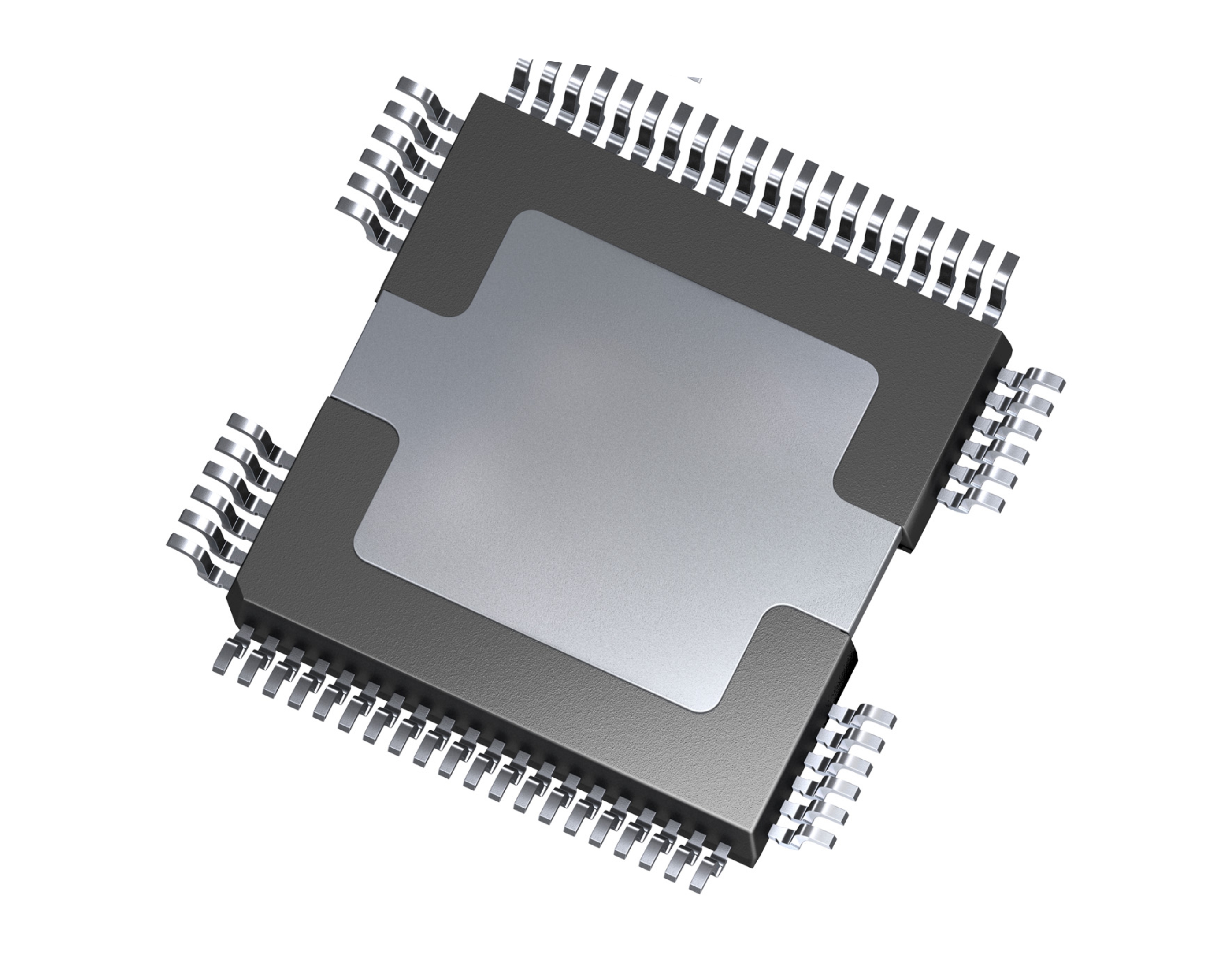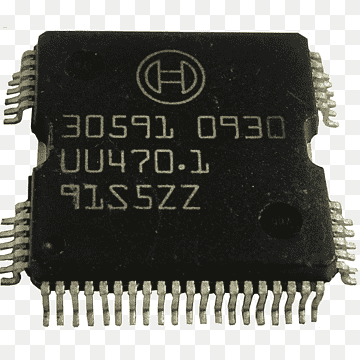CMD integrated circuits department (crab base)
CMD integrated circuits (crab base) of TL type
Researcher and author: Dr. ( Afshin Rashid)
Note: CMD integrated circuits (crab base) of TL type is an evolved version of the old DTL technology. in which diode and transistor are used to make NAND base gate. This technology is called Diode Transistor Logic (DTL). Later, to improve the performance of the circuit, transistors were used instead of diodes, and the name of the new transistor-transistor or TTL family was given.
CMD integrated circuits (crab base) in addition to the standard TL type, other types of this family include high speed TL - low power (or low consumption) TL - Schottky TL - low power Schottky TL and... TL is five volts and has two logical levels of 0 and 3.5 volts. TL is a common family that has been used for years and is considered a standard. Of course, ECL logic is preferred in systems that require high operating speed. Based on TL logic, MOS transistors are suitable for circuits that require high density, and CMOS is used in low-consumption field effect transistors. It's called TL transistor-transistor logic because you're doing both the logic operation (eg AND operation) and the amplification operation by the transistors.

CMD integrated circuits (crab base) of TL type are a group of integrated circuits that maintain logic states and achieve switching with the help of bipolar transistors. A distinctive feature of transistor-transistor logic signals is the ability of the gate inputs to rise to logic "1" when not connected. Transistor logic - Transistors are one of the reasons integrated circuits are used so much because they are more expensive, more reliable, and faster than RTL resistor-transistor logic and DTL diode-transistor logic. A transistor in a circuit regulates current or voltage and acts as a switch or gate for electronic signals. Each IC performs certain functions in the circuit. Generally, each IC has several inputs that produce output values by processing these inputs and place them in the output section. Some microchips work with analog signals and some others work with digital signals.
Researcher and author: Dr. ( Afshin Rashid)
Specialized doctorate in nano-microelectronics



